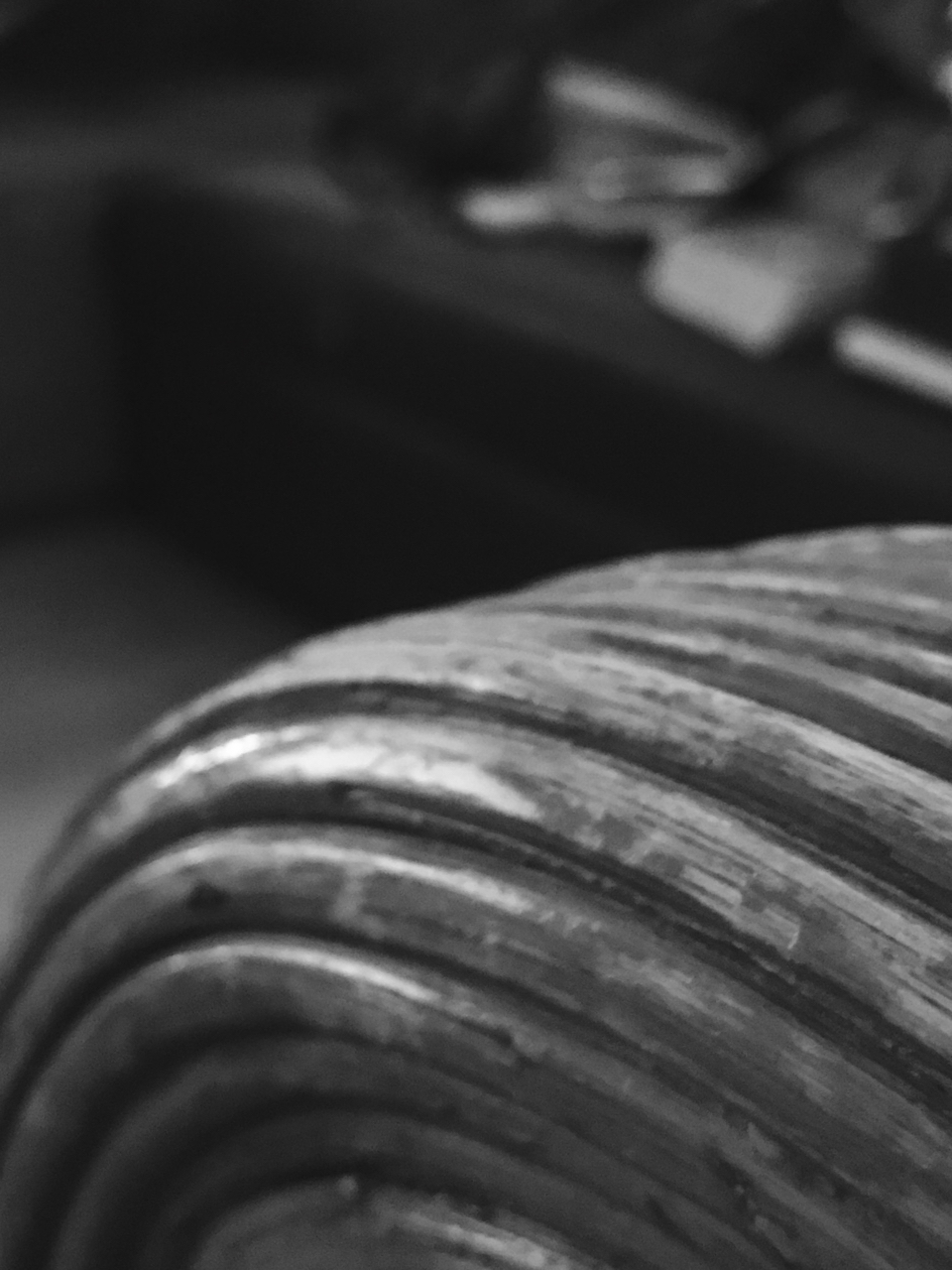Filmborn: Rich iOS Photography App - Film is not Dead

eXtensions - Sunday 4 December 2016
|
Filmborn: Rich iOS Photography App - Film is not Dead |
 |
|
|
By Graham K. Rogers
A number of users I have met are still using film and Facebook has several interest groups. Film is a chemical sensitive medium and as different manufacturers had their own mixes, so output would depend on the film type and its speed (ISO) that was used. Digital output has spoiled us for the instant feedback it provides. Although many users rely only on a single shot, with a DSLR or smartphone users can take hundreds of images of the same subject, select the best and apply filters (post-process) to come up with a decent image to post on a social media site. Filmborn is a relatively new app that bridges the gap between film and digital output, with a selection of film types for camera output and for editing images already in the Photos library.
FilmbornNormally, when I look at an app like this, I take a brief look at the camera options, then focus on editing. Filmborn is interesting enough to reverse that approach as this is clearly an app for taking pictures. With a film camera, taking a decent photograph - usually with only one chance to be right - takes care. This application of care is an advantage when using Filmborn (and certainly pays off with apps like Pure Shot or 645 Pro).Just above the camera button in Filmborn is a triangle. To left and right are the controls for the camera system. A small triangle to the right of the camera button toggles the tools on and off. To the right is a grid icon that accesses the Photo library, when a different set of tools is available. That large triangle tool opens a panel with a set of tools that are the core of this app. At the top are three display resolution types: 4:3, 3:2, 1:1 and 6:7. At the right is a Rangefinder button: an additional purchase of 69 baht ($1.99). Below are three lens options: 32, 35 and 50. The 50mm option, for example, is good for portrait work and with the manual focus option allows some nice blurring of background.
The selection of film types and ISO speeds allows the user to have a range of input types and if a particular favourite is chosen, this may be saved as a Kit, along with lens and view resolution: that information is shown at the very top of the screen. One Kit is available with the free app, but two more are available with an in-app purchase. As well as the Kit option, there are also in-app purchases for the Rangefinder tool (69 baht) and for a Curves tool (99 baht - $3).
EditingAt bottom right is a grid icon giving access to the Photos library. When an image is selected, as well as access to camera or Photos, four editing icons are shown. There are Favourites (heart), Export and Trash, but the main Editing tool has a number of useful options in three sections: Film, Adjustments and Crop.
CommentsI took test versions of images using the 4:3 size option and the 35mm lens setting. All images were sized 2546 x 3394, Using Fuji 400H gave me an image size of 1.4MB; Ilford HP5 gave 1.1MB (lower because it is monochrome); and Kodak P400 gave 1.25Mb. None of the images retained location data.I made the in-app purchase for the Rangefinder as this seems a useful tool and as a way to reward the developers: we cannot always rely on free apps. The range of input and output options, including editing those available for images already in the Photos library, is unusually rich and Filmborn is highly recommended.

Graham K. Rogers teaches at the Faculty of Engineering, Mahidol University in Thailand. He wrote in the Bangkok Post, Database supplement on IT subjects. For the last seven years of Database he wrote a column on Apple and Macs. He is now continuing that in the Bangkok Post supplement, Life. He can be followed on Twitter (@extensions_th) |
|

For further information, e-mail to
Back to
eXtensions
Back to
Home Page